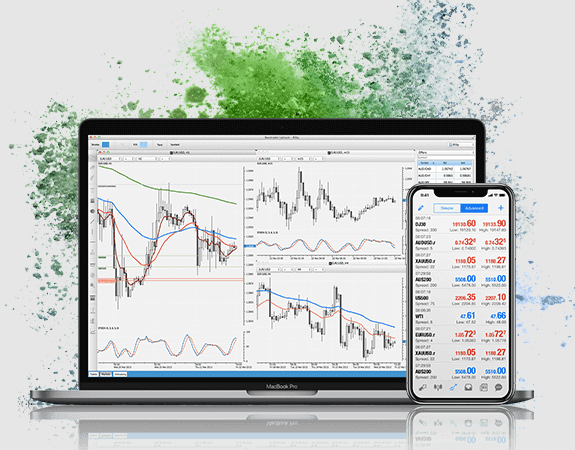Technology is constantly evolving to make the world more accessible for individuals with disabilities. One of the most significant advancements in recent years has been the development of spacial audio solutions, which are transforming the way visually impaired people navigate and interact with their surroundings. By using sound to provide detailed spatial awareness, these innovations are breaking barriers and creating greater independence for those who rely on non-visual cues.
Traditional audio systems deliver sound uniformly, making it difficult to determine the direction or distance of a source. However, spacial audio solutions provide a more immersive experience by placing sound in a three-dimensional space. This allows users to perceive depth and direction, making it easier to interpret their environment. For example, navigation apps using spatial sound can guide users with audio cues positioned in specific locations, allowing them to follow directions more naturally without needing to look at a screen.
One of the most valuable applications of this technology is in assistive navigation. Many cities are now incorporating immersive sound systems into public spaces, helping visually impaired individuals move safely through complex environments. Whether crossing a busy street, locating an entrance, or identifying obstacles, audio guidance enables users to receive real-time feedback that enhances their awareness. By delivering information through precise sound placement, these systems reduce reliance on physical touch or external assistance.
Public transport systems are also adopting enhanced audio experiences to improve accessibility. In busy train stations and airports, traditional announcements often blend into the background noise, making it challenging for visually impaired travellers to locate platforms, ticket counters, or boarding gates. By implementing directional sound, transport hubs can provide clear, location-specific guidance, helping individuals navigate large spaces with greater ease. This approach makes independent travel more accessible and reduces the stress associated with unfamiliar environments.
Beyond navigation, immersive sound technology is also improving digital accessibility. Screen readers have long been used by visually impaired individuals to access online content, but spatially optimised sound is taking this to the next level. By placing different elements of a webpage or application in distinct audio positions, users can process information more efficiently. This enhances digital experiences, making it easier to interact with websites, apps, and virtual environments without relying on sight.
Education is another area where spatial sound is making a difference. Learning tools that use directional audio allow visually impaired students to explore subjects such as geography, science, and music in greater depth. Interactive lessons with 3D sound can help students visualise complex concepts, such as the layout of a city or the structure of an orchestra, in a way that was previously difficult to achieve. The ability to hear sound in a more natural and informative way opens up new learning possibilities and fosters a greater sense of inclusion in educational settings.
The entertainment industry has also recognised the potential of advanced sound technology to create more inclusive experiences. Audio-described films and theatre performances are now being enhanced with immersive soundscapes, allowing visually impaired audiences to experience storytelling in a richer and more engaging way. Virtual reality applications, once limited to visual interactions, are now incorporating 360-degree sound design to create fully immersive experiences for users who navigate through audio alone.
As awareness grows, businesses and developers are working to integrate spacial audio solutions into everyday life. Whether through personal navigation apps, smart home devices, or public infrastructure, these advancements are making the world more accessible. The ability to translate spatial information into detailed sound cues is not just a technological breakthrough—it is a step towards greater independence and inclusivity for visually impaired individuals.
By continuing to invest in advanced sound technology, society is creating a future where accessibility is not just an afterthought, but a priority. These developments are proving that sound is more than just a means of communication—it is a powerful tool for connection, navigation, and independence. With ongoing innovation, immersive audio solutions will continue to transform accessibility, ensuring that the world becomes a more inclusive place for all.








